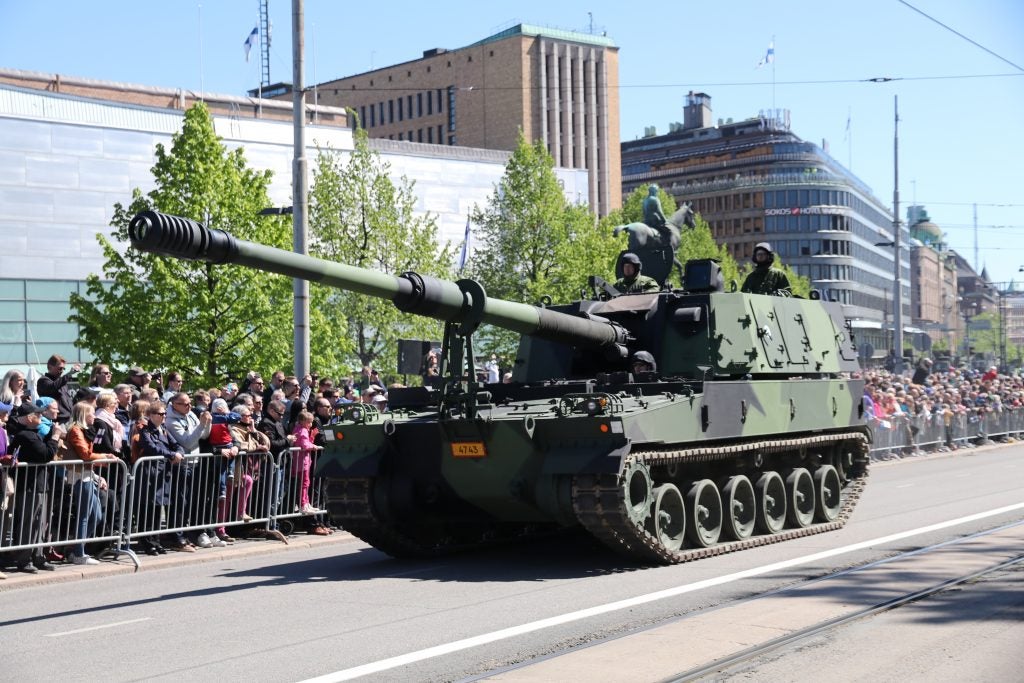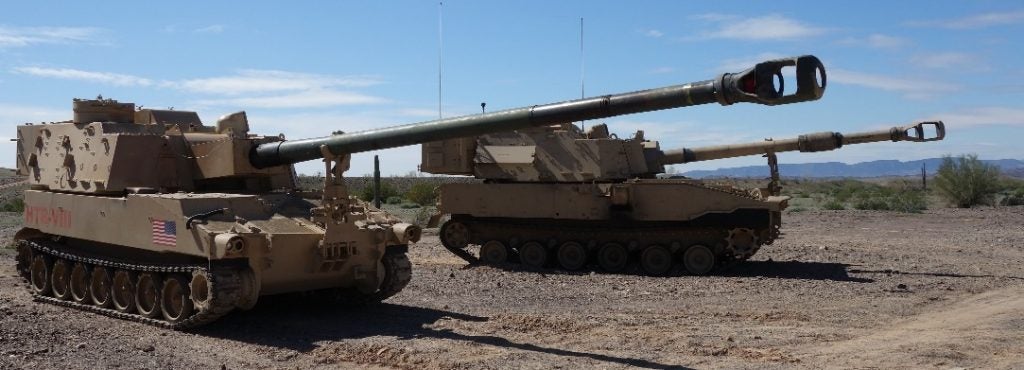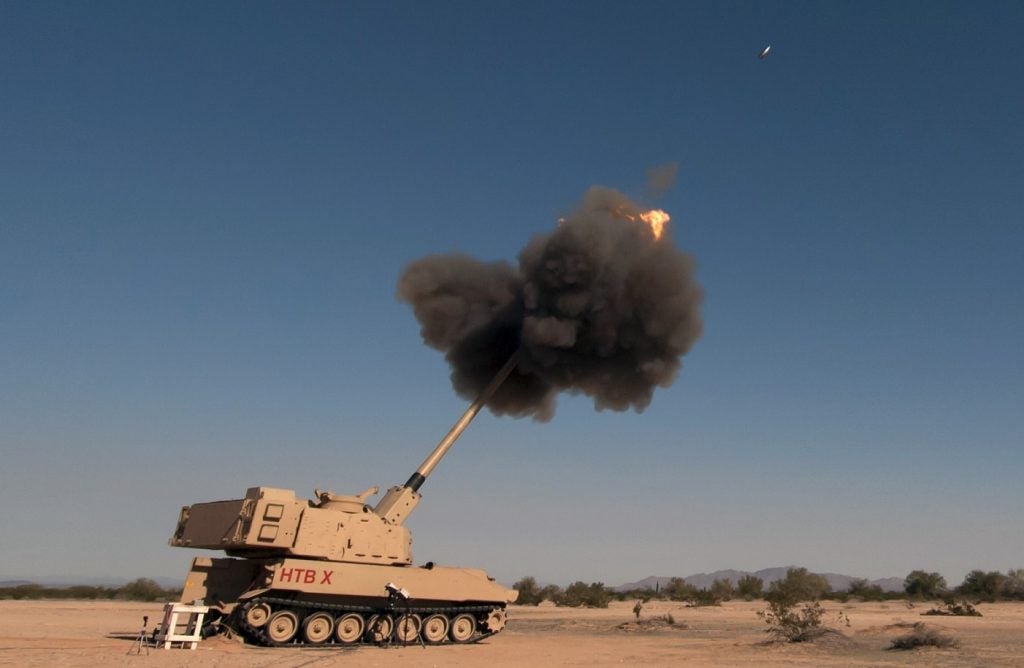Extended Range Cannon Artillery Program Gains Momentum
BAE has been funded by the US Army to build prototypes mounting the new cannon designed for the Extended Range Cannon Artillery program (ERCA) on their M109A7 chassis. The M109A7 entered service with the US Army in 2013 with the intent of being more reliable and easily maintained than the previous generation of the Self Propelled Howitzer (SPH) . This was achieved by utilizing the M2/M3 Bradley’s powertrain and engine along with replacing hydraulic systems with electric ones. However, despite being badly desired M109A7 saw no upgrades to the actual howitzer which dates back to the early 90s. Foreign vehicles like the German PzH2000 and the South Korean K9, both of which are replacing M109s in foreign service, bring to the battlefield 52 caliber guns compared to the Paladin’s 39 caliber gun (2 meters longer). This allows them to significantly outrange Paladin with ranges of 56 km having been demonstrated with rocket-assisted projectiles (RAP) while Paladin can only reach 38 km with similar shells. More importantly China’s PLZ-05 and Russia’s 2S35 offer performance similar to the mentioned allied systems.
Another advantage held by the highlighted foreign systems is an autoloader. The manually loaded Paladin is limited to 3 rpm compared to 10+ rpm on autoloaded systems. For example, this allows K9 to fire a 3 round burst in 15 seconds and then quickly relocate to avoid counterbattery fire.

ERCA, now known as XM1299, is an attempt to resolve this range and rate of fire issue. In order to avoid creating a bloated development program that is susceptible to delays, the Army plans on an incremental approach. Increment 1 involves adding a 58 caliber gun followed by Increment 2 that will add the autoloader. Only Increment 1 has been funded so far and is expected to be fielded by 2023 with the autoloader desired a year later. Here’s a cool animation of how the autoloader works. The Army hopes to leverage advanced prototyping techniques utilizing simulation and virtual/augmented reality to speed up the development process.

The sad part is this isn’t a new problem at all. In the late 90s, the Army began the Crusader program, designated XM2001, with similar requirements to XM1299. This was a very advanced system (arguably recklessly advanced) incorporating new technology like a cooled liquid barrel jacket, a fully automated digital turret, and liquid propellant. Even the resupply operations were completely automated. Much like the XM1299 program a 56 caliber gun and an autoloader were the core elements. Initial production was to begin in 2004 but was canceled in 2002 as the Army transitioned into a mobility-focused force. XM2001 was seen as an immensely expensive cold war relic, yet here we are with the reemergence of the cold war.

